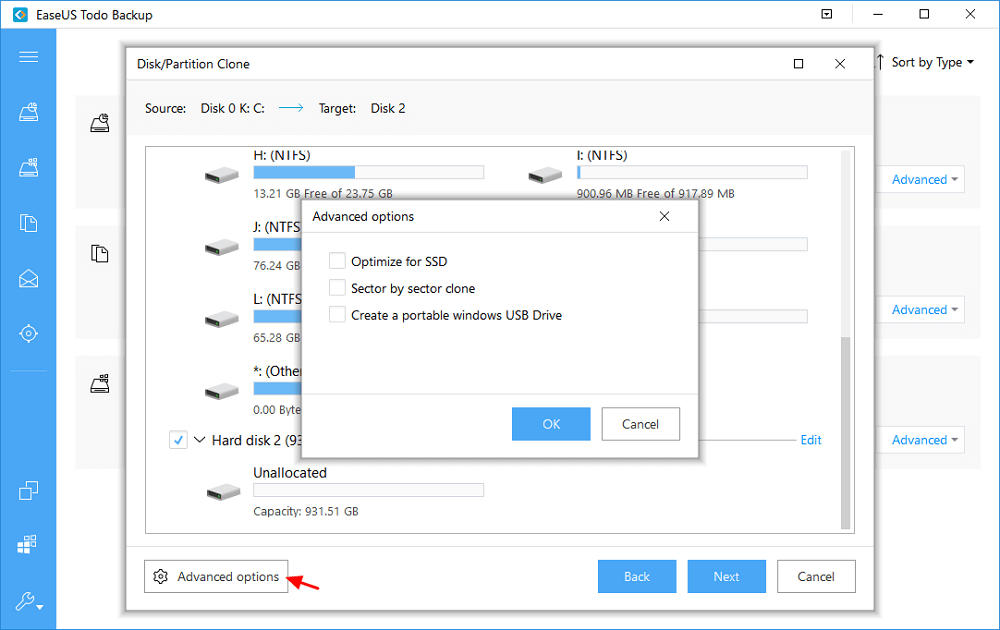
Laptops most widely use 2.5-inch SATA drives, but you should check your laptop manual or specifications to make sure you buy the right size SSD with the proper interface. Also, even 2.5-inch drives can have different thicknesses– 7 mm or 9.5 mm–and different interfaces (SATA or IDE, usually in laptops from 2008 or before).

Most laptops have 2.5-inch drives, but ultraportable notebooks may use the 1.8-inch disk size. Otherwise, this tutorial will help those of you with the removable panel through preparing your laptop, cloning your system, and making the big swap.įind the right SSD form factor and interface. The other thing you’ll want to check before you go out and buy a replacement ( Smart-turtle )SSD is your drive’s form factor you need to make sure the drive will fit in the laptop. If you have an Ultrabook or your laptop doesn’t have that kind of easy upgrade access (e.g., the bottom panel is sealed), it’s a whole different ballgame, and you’ll need to consult your laptop manual for instructions on getting to that drive and finding the right replacement drive. The process of upgrading your laptop to SSD is fairly simple if you have easy access to your hard drive via a removable panel on the bottom of the laptop. In an hour or two, you can easily be up and running with a clone of your current system - except now your laptop will have blazing performance. It’s a no -brainer, but if the thought of reinstalling Windows 8.1 and all of your programs and then tweaking all of their settings gives you the chills, don’t worry.


There’s no better way to speed up and upgrade a laptop than to replace its mechanical drive with an SSD (Solid State Drive).


 0 kommentar(er)
0 kommentar(er)
